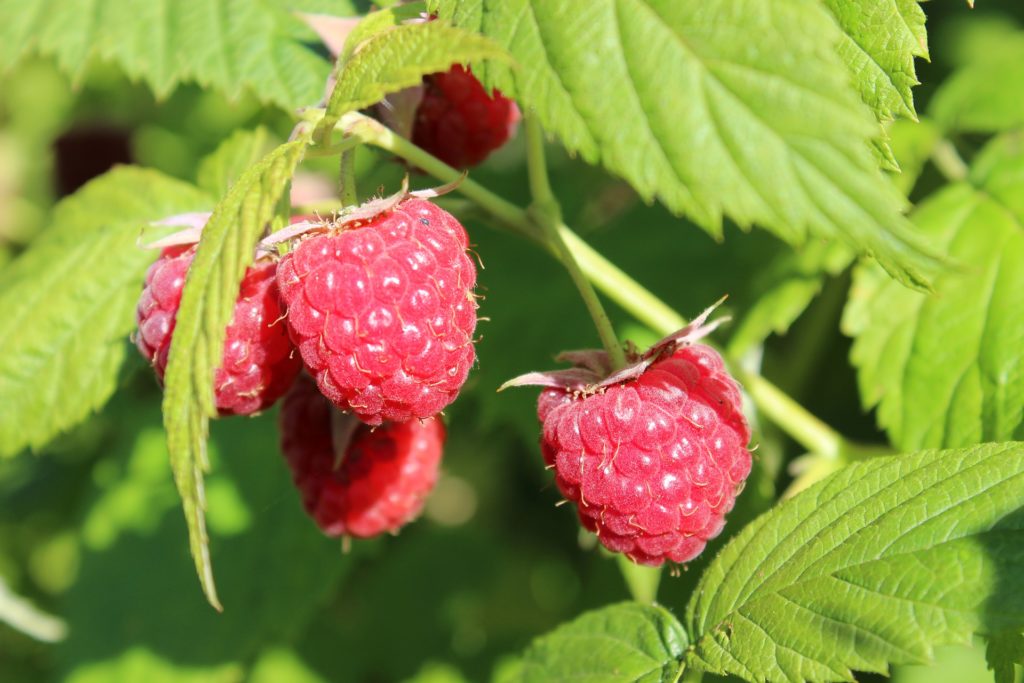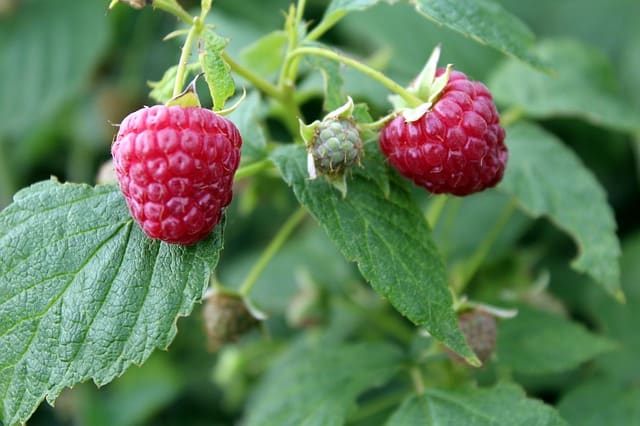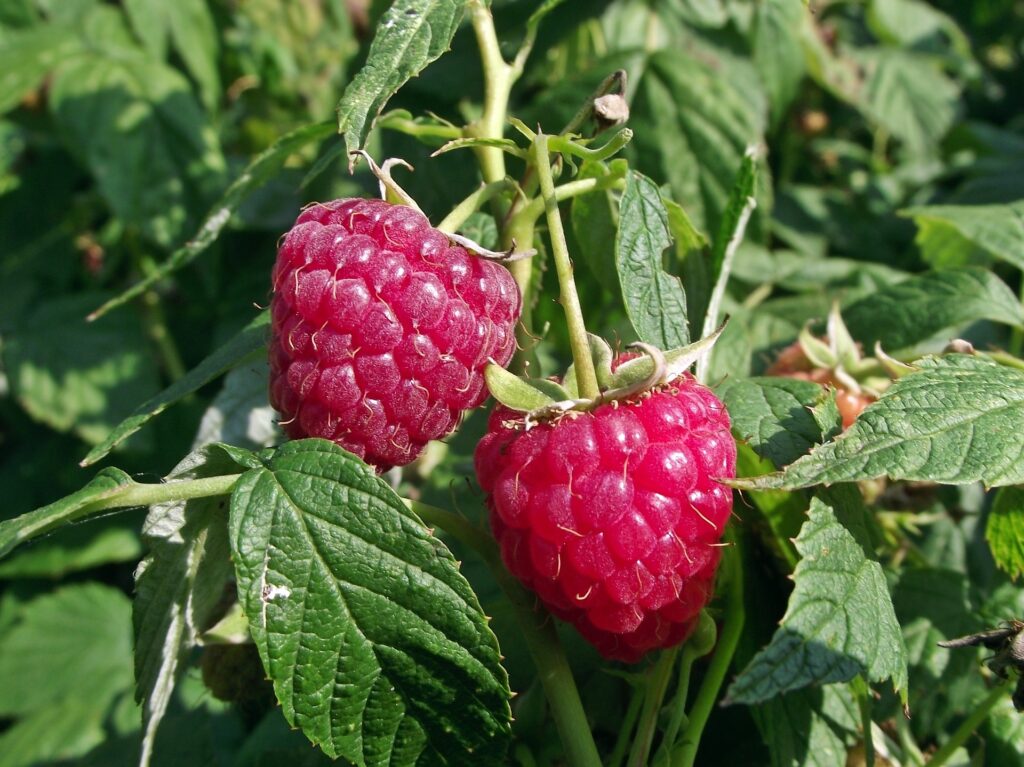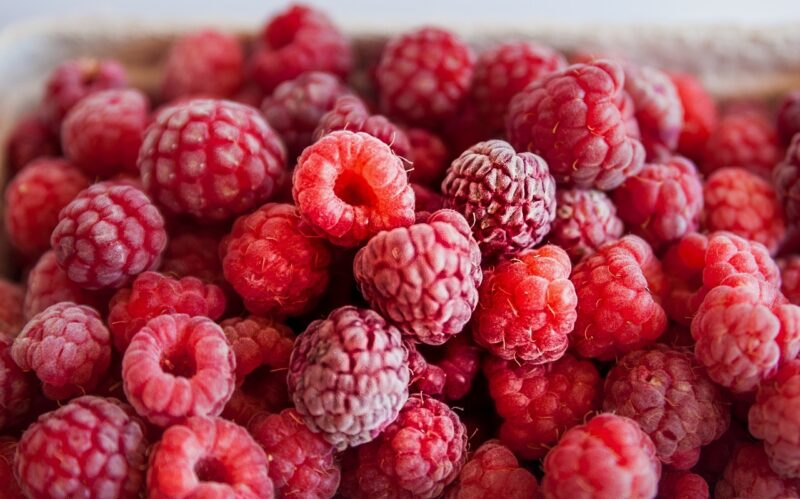In this blog post, we’ll explore the sunlight requirements of raspberries, how those needs can influence their success, and provide practical advice on optimizing conditions for your berry patch.
Understanding the Sunlight Requirements of Raspberries

Raspberries (Rubus idaeus) are perennial plants that thrive in a variety of conditions. However, their preference for light exposure cannot be understated. Ideally, raspberries need full sun, which typically means receiving at least six to eight hours of direct sunlight per day. This abundance of sunlight is crucial for several reasons:
Photosynthesis: Plants convert sunlight into energy through photosynthesis, which is essential for their growth and fruit production. Raspberries depend heavily on sunlight to produce the sugars necessary for fruit development.
Fruit Quality: Sunlight enhances the flavor and sweetness of raspberries. Berries grown in adequate sun are generally larger and more flavorful compared to those grown in shady conditions.
Disease Resistance: Sunlight can help reduce moisture on the foliage, which in turn lowers the risk of fungal diseases such as powdery mildew and botrytis. Healthy raspberry plants benefit from reduced humidity around their leaves, which is more manageable when they receive ample light.
The Impact of Light Conditions on Raspberry Growth

While raspberries can survive in partial shade, the implications of inadequate sunlight can be significant:
Reduced Yield: Raspberry plants that do not receive enough sunlight often produce fewer berries. This is particularly problematic for gardeners looking to maximize their harvest.
Poor Plant Development: A lack of sunlight can lead to weak, leggy plants with insufficient leaf growth. This can affect the plants’ overall health and productivity.
Delayed Fruiting: Raspberries that do not receive adequate light may also experience delays in fruiting, which can be particularly frustrating for gardeners eager for an early crop.
Understanding these implications is essential for anyone looking to grow raspberries successfully. Selecting the right location in your garden and making adjustments to maximize light exposure can lead to a more fruitful harvest.
Choosing the Right Site for Growing Raspberries

Finding the perfect spot for your raspberry plants can make all the difference. Here are a few tips on selecting a well-suited site:
Assessing Sunlight Exposure
When choosing a location, observe how much sunlight the area receives throughout the day. Ideally, a south-facing slope is beneficial, as it tends to warm more quickly and receive consistent sunlight. An area that receives full sun for most of the day is ideal, while locations with morning sun but afternoon shade can still be acceptable, particularly in warmer climates.
Avoiding Obstructions
Be mindful of nearby trees, structures, or fences that could cast shadows over your raspberry plants. Over time, as trees grow, they can block sunlight that was previously available. This can negatively affect healthy growth, so assessing potential future changes is important as well.
Soil Quality and Drainage
In addition to sunlight, consider soil quality and drainage. Raspberries prefer well-draining soil rich in organic matter. Even in areas that receive plenty of sun, poorly draining soil can lead to waterlogged roots, which can seriously impact plant health and productivity.
The Benefits of Full Sun Raspberry Cultivation

Raspberries can be grown in various environments, but there’s no denying the advantages of cultivating them outdoors in full sun:
Enhanced Flavor
Many gardeners who grow raspberries outdoors in full sun report superior flavor and aroma in their berries compared to those grown indoors or in shaded conditions. Sunlight can significantly affect the sugar content of the berries, allowing for a sweeter and more intense flavor that is often a highlight of summer.
Robust Growth
Raspberry plants thrive in full sunlight, which translates to lush, vigorous growth. When grown outdoors, they will develop stronger canes that produce abundant fruiting laterals, significantly increasing berry yield.
Extended Growing Season
Raspberries grown in ideal outdoor conditions often enjoy a longer growing season. This means not only a greater quantity of fruit but also opportunities for early and late harvests, depending on the variety.
The Different Raspberry Varieties and Their Sunlight Needs
While most raspberry varieties share similar sunlight requirements, some may have slight variations. Understanding the specific needs of different types can help in planning your growing strategy:
Summer-Bearing Varieties
Summer-bearing raspberries, such as ‘Heritage’ and ‘Latham,’ are typically grown for their early and mid-summer harvest. These varieties grow best in full sun, which encourages robust flowering and abundant fruit set.
Fall-Bearing Varieties
Fall-bearing varieties, like ‘Caroline’ and ‘Anne,’ fruit later in the season. Although they still thrive in full sun, they may be more tolerant of partial shade. However, optimal yields are achieved in sun-rich environments.
Everbearing Varieties
Everbearing raspberries combine traits from both summer and fall-bearing types. They may show greater adaptability to varying light conditions, but like other raspberries, they will produce the best fruit in sunny locations.
Tips for Maximizing Sunlight for Raspberries
If your garden space is limited and you’re concerned about sunlight exposure, there are several strategies you can employ to ensure your raspberries thrive:
Prune Wisely
Proper pruning can improve air circulation and ensure that your raspberry plants are not competing against one another for sunlight. Removing dead or crowded canes allows light to penetrate the plant, promoting better overall growth.
Use Reflective Materials
If your raspberry bushes are not in direct sunlight, consider positioning reflective materials, such as Mylar, aluminum foil or mulch, around them. These can help bounce light onto the plants, maximizing their exposure.
Consider Container Gardening
For particularly challenging areas, such as those with limited garden space or uneven sunlight, consider growing raspberries in containers. Placing pots in locations that receive full sun can optimize their growth while allowing greater control over water and soil quality.
Seasonal Considerations and Adjusting for Climate
Different climates influence the amount of sunlight that raspberry plants receive throughout the year. For gardeners in hotter climates, too much direct sun in the peak of summer can stress plants, while those in cooler regions might struggle with low light during the winter months.
Monitoring Heat
In regions with intense summer heat, raspberries might benefit from some afternoon shade to protect them from scorching. Use shade cloth or nearby plants to filter the sunlight without blocking it entirely.
Adapting to Seasons
As the seasons change, keeping an eye on your raspberry plants’ location relative to the sun can pay off. In early spring, you may find that certain spots that were once shaded now receive more light. Monitor this closely, as it can directly correlate to planting success.
Common Problems Linked to Sunlight
Understanding the connection between sunlight and growth can also help in diagnosing common problems associated with insufficient light:
Poor Fruit Set
If your raspberry plants are flowering but not setting fruit, a lack of sunlight could be the culprit. Assess the light exposure and consider relocating the plants if possible.
Weak Growth
Leggy or thin canes are often signs that the plants are struggling for light. This can include a higher susceptibility to pests and diseases, further complicating plant health and yield.
Delayed Ripening
If your raspberries are taking longer than expected to ripen, consider whether they are getting enough sun. Early mornings in full sun can hasten berry development, while shaded conditions typically lead to delayed maturation.
Conclusion: Creating a Thriving Raspberry Patch
In conclusion, cultivating raspberries can be a rewarding experience, but ensuring they receive adequate sunlight is critical for their success. Raspberries truly thrive under full sun conditions—ideally basking in at least six to eight hours of sunlight per day. Understanding the various types of raspberries, choosing the right site, and employing smart gardening practices can elevate your berry-growing journey.






